Top 5 Ways to Encourage Gender Diversity in the Workplace
The technology industry in the UK is valued at £764bn ($1tn), making the value of the UK tech industry more than double that of Germany, and five times larger than France and Sweden.
The rapid digital transformation that took place during the pandemic managed to accelerate the UK tech ecosystem by 42% towards this milestone, catalysing the success of the tech industry at present.
This success isn’t limited to the UK – the global tech industry is valued at $5.2tr, with the US having an approximate worth of $1.6tr.
Yet even with all of this success, there is a continuing barrier and challenge to the success of the tech industry – gender diversity in tech.
What is the gender diversity picture like in the tech industry, and what are the five top ways you can encourage gender diversity in the workplace?
The gender diversity outlook in tech
Though there has been a renewed emphasis on gender diversity in technology, the proportion of men and women being appointed directors of tech companies in the UK has stayed the same since 2000, according to Tech Nation.
Only around 19% of tech workers in the UK are women, though more positively, 22% of tech directors are women, making the gender balance in tech leadership better than that of the general tech workforce.
Part of the reason for this disparity is that the gender diversity promoted on boards is generally more publicly scrutinised and integral to public relations than that of the general workforce.
Additionally, the quit rate in the tech industry is more than twice as high for women as it is for men.
Removing the barriers to gender diversity in the workplace is essential in reducing this quit rate and increasing the diversity of the industry - but what can you do to make your workplace more diverse?
Make a workplace-wide effort
Where many companies fall short in their attempts to address gender diversity is their approach of focusing entirely on women in the business (in terms of both tackling the issue and acting as a solution for it).
This means that the issue becomes a women-only issue, as opposed to an issue that requires company-wide support and action.
For change to successfully occur, it is important to involve men in the response, particularly given that they make up the majority of tech roles.
Raising awareness across the organisation and educating every employee on inclusivity and diversity is essential in building a strong foundation for a more diverse business.
In other words, you’re looking to create an inclusive workplace culture.
Two of the biggest barriers for women in tech, as described by Diversity in Tech, are a lack of mentors (48%) and a lack of female role models (42%) – this means a key area for building a more inclusive environment is representation.
Are women within your tech business being showcased equally? (e.g., put forward for promotions, visible in marketing collateral, part of leadership teams).
There should also be a conscious effort to equalise pay, and most importantly, consult with existing women in the business to figure out which areas require more changes to be truly inclusive.
Advertise roles with diversity in mind
The hiring process can be fraught with barriers to diverse talent, particularly during the advertising stage.
There are often different elements of job descriptions that will inadvertently speak to men and women in different ways.
For example, feminine and masculine adjectives and descriptions can impact the way that job ads are perceived, with research indicating that masculine wording in job advertisements leads to less anticipated belongingness and job interest among women.
Examples of masculine-coded words include active, ambitious, and competitive.
Examples of feminine-coded words include compassionate, cooperative, interpersonal, pleasant, polite, and supportive.
Rather than using experience qualifiers (e.g. ‘8+ years’ experience’), it may be beneficial to use capability descriptions (e.g. ‘we are looking for someone with proven capability leading high-performing teams’).
It is also essential to diversify your hiring channels, whether you opt for traditional job boards, social media, or even referrals – to diversify your talent pool, you need to diversify your hiring channels.
Add key targets and commitments to your hiring process
Firstly, you need to consider if there are key targets or benchmarks your tech company wants to meet as part of its commitment to diversity.
Are you looking to have a 50/50 split between male and female applicants when hiring for a role? Are you looking to improve your diversity metrics in a specific duration of time through a range of methods?
(It should be noted that it is important not to focus more on diversity from a data standpoint than simply an ethical standpoint for the sake of equality, otherwise this could be seen as performative to potential candidates.)
There is also a range of benefits that can be advertised for job roles that appeal specifically to women in tech, such as part-time or flexible working hours.
For organisations that are looking for a better, more diverse talent pipeline, there is even the possibility of partnering with a university or creating a graduate program specifically for women.
Review your process for any targets or approaches that aren’t aligned with a more inclusive strategy and adapt them accordingly.
Don’t just focus on attraction
Though it’s important to focus on increasing diversity as a means of attracting diverse talent, it’s equally important to nurture the talent that you already have.
Given that the tech industry is so intertwined with continual professional development and training, it makes sense to enhance your current talent pool as part of your recruitment efforts.
As an example, current female employees in non-technical roles could be offered the opportunity to be mentored or trained in more technical aspects with the potential to shift roles after cross-skilling.
The additional benefit of having women in your tech company already is also the opportunity for feedback – is enough one-to-one support being given? Are there enough training programs/upskilling opportunities offered, and are they inclusive?
Giving current employees the chance to adapt and advance in their roles not only empowers them, but also encourages potential candidates due to seeing the commitment your organisation has.
Partner with the right specialist tech recruiter
Devoting the time necessary to increase gender diversity in your workplace can be difficult, which is why it’s important to consider how a specialist recruitment partner could help.
The right recruiter will improve and adapt your current strategy, and combine it with their expert knowledge of the current hiring market to provide the best diverse talent.
Get in touch
At Remit Resources, we use our approach to recruitment to fill the gap between a traditional agency and consultancy by focusing on development, infrastructure and infosec.
We can identify your talent needs and provide you with recruitment solutions through our global network – if you’ve got ambitious growth plans for your business, we could be the perfect recruitment partner for you.
Get in touch today to find out more.




